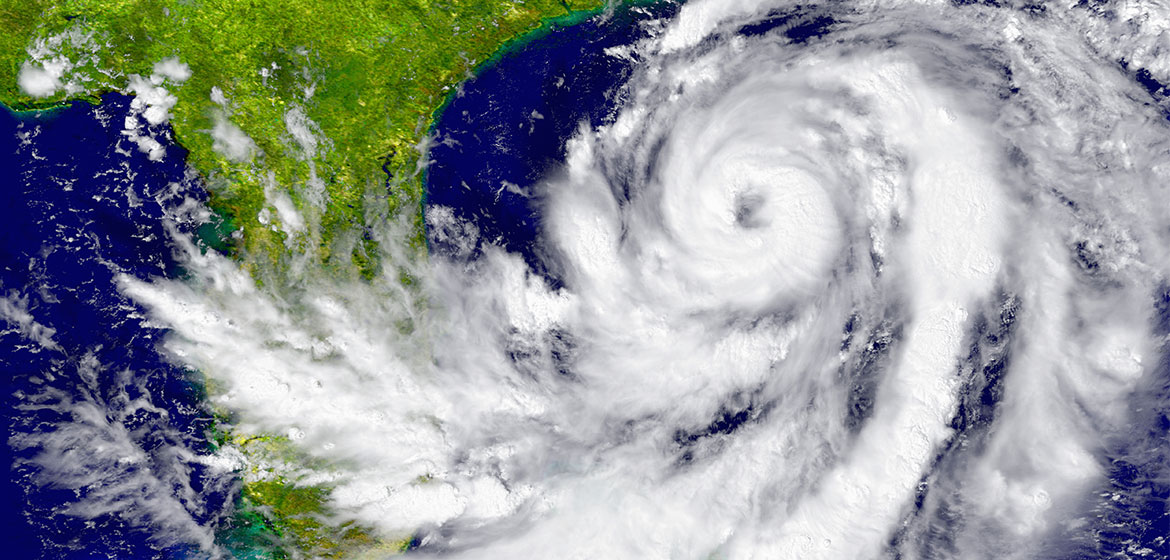Tornado Vs. Hurricane: Understanding The Difference

Natural disasters are awe-inspiring and devastating phenomena that can wreak havoc on our communities and environment. Among them, tornadoes and hurricanes are two of the most powerful and destructive forces. While both tornadoes and hurricanes are characterized by strong winds and swirling motion, they have distinct differences in their formation, size, and impact. Understanding the differences between a tornado vs. hurricane is crucial in order to effectively prepare for and respond to these dangerous weather events.
Formation
Tornadoes and hurricanes have different origins and formation processes. Tornadoes are small-scale, localized storms that form from powerful thunderstorms. They are typically formed when warm air from the ground rises and meets with cold air from above, creating a rotating column of air. These rotating columns of air can then intensify into a tornado, often accompanied by heavy rain, lightning, and hail.
On the other hand, hurricanes are large-scale tropical cyclones that form over the ocean. They are fueled by warm ocean waters and moist air, and they develop in regions near the equator. As warm air rises from the ocean surface, it creates a low-pressure area. As warmer air is drawn into this area, it begins to spin and form a tropical depression. If the system continues to strengthen, it can develop into a hurricane, with a well-defined eye at the center, surrounded by bands of heavy rain and strong winds.
Size
Tornadoes are relatively small in size compared to hurricanes. The size of a tornado can vary greatly, but most tornadoes are less than a mile wide and have a track that is typically a few miles long. However, some tornadoes can be much larger, with a width that can exceed a mile and a track that can be over 50 miles long. Despite their relatively small size, tornadoes can be extremely powerful and cause significant damage.
In contrast, hurricanes are massive storms that can span hundreds of miles in diameter. The diameter of a hurricane can range from 100 to 400 miles, and they can cover vast areas of land and ocean. Hurricanes are categorized on a scale from Category 1 to Category 5, with Category 5 hurricanes being the most intense and devastating. These large storms can produce heavy rainfall, storm surges, and high winds that can extend hundreds of miles from the center, causing widespread destruction.
Impact
Tornadoes and hurricanes also differ in their impact on the affected areas. Tornadoes are known for their violent and sudden nature, with little warning time. They can tear through communities in a matter of minutes, leaving behind a path of destruction. Tornadoes can uproot trees, destroy buildings, and cause widespread damage to infrastructure. They can also cause loss of life and result in injuries.
On the other hand, hurricanes are typically slower-moving and can be tracked for several days before making landfall. This provides more lead time for residents to evacuate or prepare for the storm. However, hurricanes can cause widespread damage due to their size and intensity. They can produce heavy rainfall that can lead to flooding, storm surges that can inundate coastal areas, and high winds that can cause widespread destruction to buildings and infrastructure. Hurricanes can also result in prolonged power outages and disrupt essential services, making recovery efforts more challenging and time-consuming.